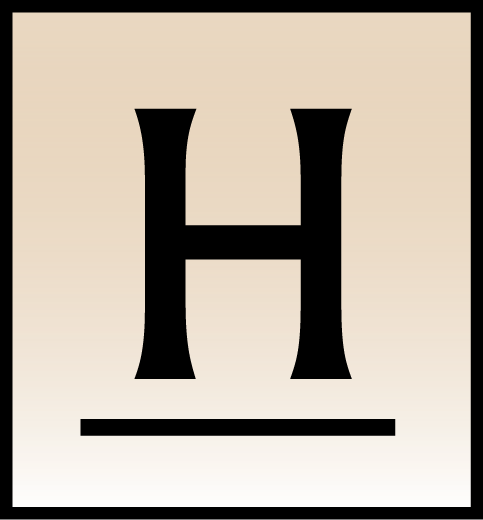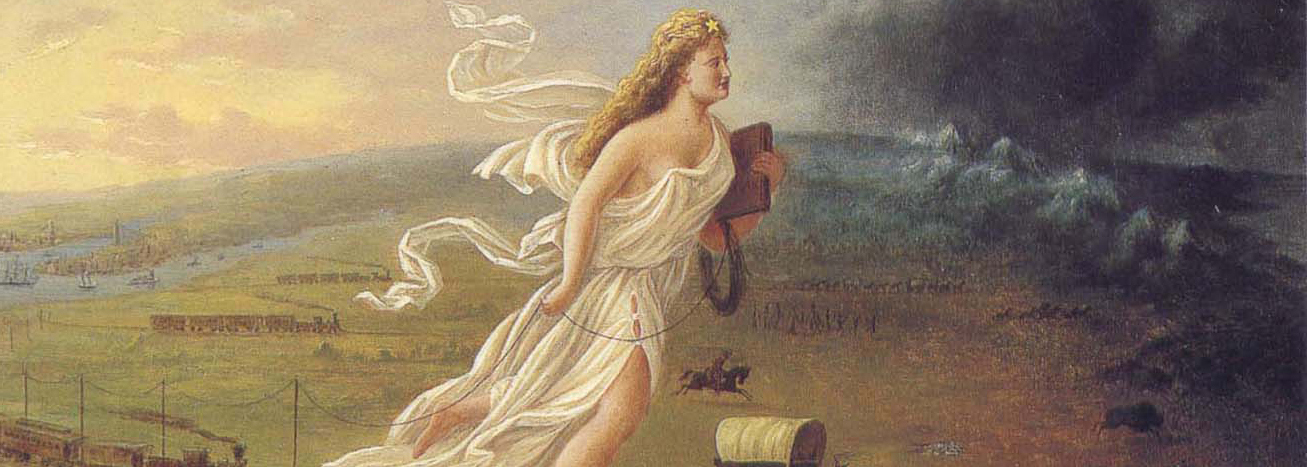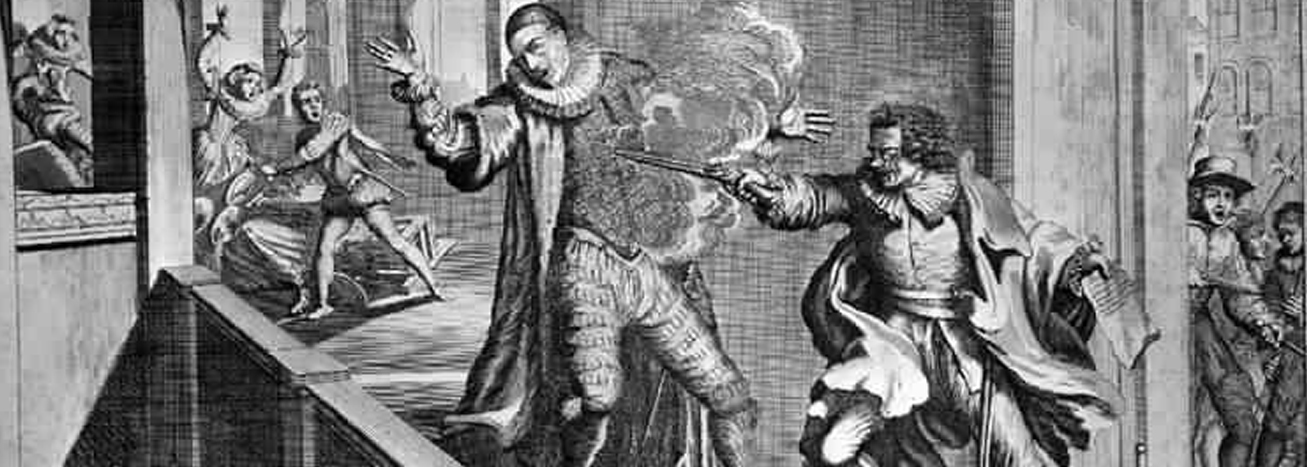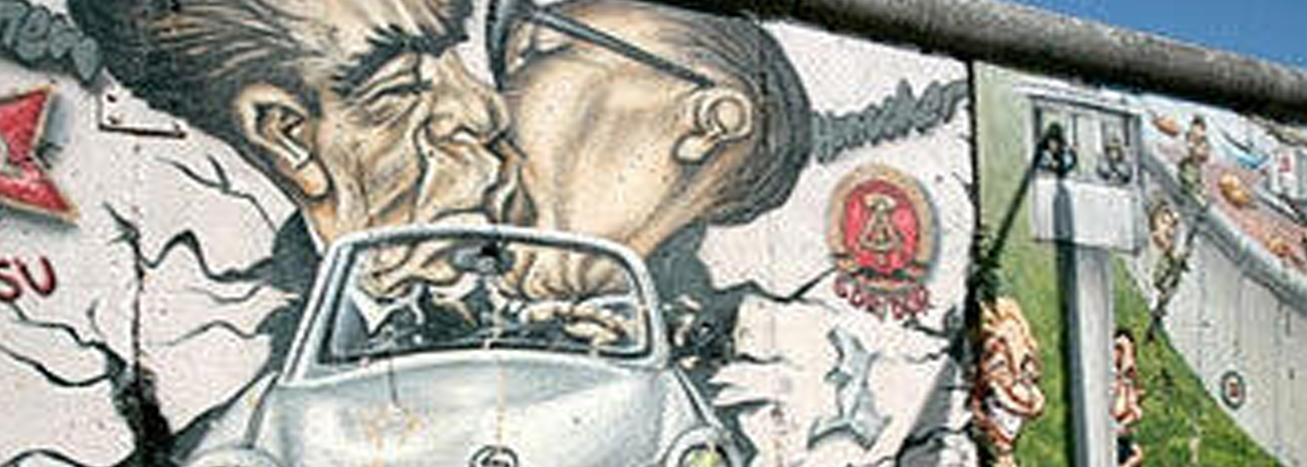-
Histoforum Magazine. Digitaal tijdschrift voor geschiedenis didactiek.
-
Histoforum Magazine. Digitaal tijdschrift voor geschiedenis didactiek.
-
Histoforum Magazine. Digitaal tijdschrift voor geschiedenis didactiek.
-
Histoforum Magazine. Digitaal tijdschrift voor geschiedenis didactiek.
- 1
- 2
- 3
- 4

History teaching in the Netherlands
Curriculum Information about the history curriculum, the number of
history lessons and the teaching of history in the Netherlands. Education systemHistory curriculum and teaching
Information about the Dutch education system.
Content
History in Lower Secondary Education
vmbo, havo and vwo, including gymnasium
History is a mandatory subject in lower secondary education, with global attainment targets.
The number of lessons varies:
- vwo: 6 lessons in three years (two lessons a year)
- havo: 6 lessons in three years (two lessons a year)
- vmbo: 4 lessons in two years (two lessons a year); in some cases less
Attainment targets
1. The student learns to utilize a framework of ten eras to position events, development and persons in their time. In this context the student learns about characteristic features of the following eras:
 |
era of hunters and farmers (up to 3000 BC) / Prehistory |
 |
era of Greeks and Romans (3000 BC - 500 AD) / Antiquity |
 |
era of monks and knights (500 AD - 1000 AD) / Early Middle Ages |
 |
era of cities and states (1000 AD - 1500 AD) / High and Late Middle Ages |
 |
era of discoverers and reformers (1500 - 1600 AD) / Renaissance / 16th century |
 |
era of regents and princes (1600-1700 AD) / Golden Age / 17th century |
 |
era of wigs and revolutions (1700-1800 AD) / Age of Enlightenment / 18th century |
 |
era of citizens and steam engines (1800-1900 AD) / Age of Industrialisation / 19th century |
 |
era of world wars (1900-1950 AD) / first half of the 20th century |
 |
era of television and computer (after 1950 AD) / second half of 20th century |
(
2. The student learns how to utilize historical
sources te create for himself an image of an era or to find answers
to questions and also learns how to relate to their
cultural-historical environment in this context (attaiment target
40)
The Canon of Dutch history is mandatory in lower secondary education as a startingpoint for the purpose of illustration.
-
Megalithic tombs
circa 3000 BC
Early farmers -
The Roman Limes
47 A.D.-circa 400 A.D.
On the frontiers of the Roman world - Willibrord 658 A.D.-739 A.D.
-
Charlemagne
742 A.D. – 814 A.D.
Emperor of the Land of the Setting Sun -
Hebban olla vogala
circa 1100
The Dutch language in writing -
Floris V
1254-1296
A Dutch count and disgruntled nobles - The Hanseatic League 1356-circa 1450
-
Erasmus
1469?-1536
An international humanist -
Charles V
1500-1558
The Low Countries as an administrative unity -
The “Beeldenstorm” (iconoclastic outbreak)
1566
Religious conflict -
William of Orange
1533-1584
From rebel nobleman to “father of the country” -
The Republic
1588-1795
A unique political phenomenon -
The Dutch East India Company (VOC)1602-1799
Overseas expansion -
The Beemster Polder
1612
The Netherlands and water -
The canal ring
1613-1662
Urban development in the seventeenth century -
Hugo Grotius
1583-1645
Pioneer of modern international law -
The Statenbijbel (authorised version of the Bible)
1637
The Book of Books -
Rembrandt
1606?-1669
The great painters -
Blaeu Atlas Major
1662
Mapping the world -
Michiel de Ruyter
1607-1676
Heroes of the sea and the wide reach of the Republic -
Christiaan Huygens
1629-1695
Science in the Golden Age -
Spinoza
1632-1677
In search of truth -
Slavery
circa 1637-1863
Human trafficking and forced labour in the New World -
Country mansions
17th and 18th centuries
Prosperous living -
Eise Eisinga
1744-1828
The Enlightenment in the Netherlands -
The patriots
1780-1795
Political conflict about modernising the Republic -
Napoleon Bonaparte
1769-1821
The French period -
King William I
1772-1843
The kingdom of the Netherlands and Belgium -
The first railway
1839
Acceleration -
The Constitution
1848
Fundamental rules and principles of government -
Max Havelaar
1860
Scandal in the East Indies -
Opposition to child labour
19th century
Out of the workplace and back to school -
Vincent van Gogh
1853-1890
The modern artist -
Aletta Jacobs
1854-1929
The emancipation of women -
The First World War
1914-1918
War and neutrality -
De Stijl
1917-1931
Revolution in design -
The crisis years
1929-1940
Society in the depression -
World War II
1940-1945
Occupation and liberation -
Anne Frank
1929-1945
The persecution of the Jews -
Indonesia
1945-1949
A colony fights for freedom -
Willem Drees
1886-1988
The welfare state -
The great flood
1 February 1953
The danger of water -
Television
since 1948
The rise of mass media -
The port of Rotterdam
since circa 1880
Gateway to the world -
Annie M.G. Schmidt
1911-1995
Going against the grain of a bourgeois country -
Surinam and the Netherlands Antilles
since 1945
Decolonisation in the West -
Srebrenica
1995
The dilemmas of peacekeeping -
Diversity in the Netherlands
since 1945
The multicultural society -
The natural gas deposit
1959-2030?
A finite treasure -
Europe
since 1945
The Dutch and Europeans
The spread of Christianity
Trading towns in the Low Countries
Characteristic features
These characteristic features might be (not mandatory):
The following characteristics apply for era 1:
-
* the way of life of hunters and gatherers.
-
* the emergence of agriculture and agricultural communities.
-
* the emergence of the first urban communities.
The following characteristics apply for era 2:
-
* the development of a scientific way of thinking and thoughts about politics and citizenship in the Greek city state.
-
* the confrontation between Greco-Roman culture and the Germanic cultures of North-West-Europe.
- * Christianity in the Roman Empire.
-
The
following characteristics apply for era 3:
-
* the spread of Christianity throughout Europe.
-
* the emergence and spread of Islam.
-
* the nearly complete replacement in Western Europe of the urban culture by a self supporting agricultural culture, organized in domains with serfdom.
-
* the emergence of feudal relations in administration.
The following characteristics apply for era 4:
-
* the rise of trade and crafts, providing the base for a revival of the urban society.
-
* the emergence of an urban citizenry and a growing autonomy of cities.
-
* the conflict in the Christian world about the question whether a spiritual or a secular authority should have primacy.
-
* the beginnings of national and centralized states.
The following characteristics apply for era 5:
-
* the beginnings of European overseas expansion.
-
* the changing world view and portrayal of mankind of the Renaissance and the beginnings of a new scientific interest.
-
* the protestant reformation resulting in a split up of the Christian church in Western Europe
-
* the conflict in the Netherlands resulting in the founding of a independent Netherlands State.
The
following characteristics apply for era 6:
-
* princes striving for absolute power.
-
* the special position of the Netherlands Republic in political respect and the economic and cultural flowering of the Netherlands Republic
-
* world wide trade contacts, commercial capitalism and the beginnings of a world economy.
the scientific revolution. -
* The scientific Revolution
The following characteristics apply for era 7:
-
* rational optimism and enlightened thinking applied to politics and society.
-
* the extension of European overseas domination, especially the founding of plantation colonies and the transatlantic slave trade involved, and the emergence of abolitionism.
-
* the discussion about fundamental rights and more political influence in the French and Dutch revolutions
The
following characteristics apply for era 8:
-
* the industrial revolution in the western world, providing the base for an industrial society and the emergence of emancipation movements.
-
* the modern kind of imperialism resulting from industrialisation.
-
* ongoing democratisation, more and more men and women taking part in the political process.
-
* the emergence of socio-political movements: liberalism, nationalism, socialism, confessionalism and feminism.
The
following characteristics apply for era 9:
-
* the bringing into practice of the racist and totalitarian ideologies communism and fascism / national-socialism.
-
* the crisis of world capitalism.
-
* racism and discrimination, resulting in genocide, especially directed against the Jews
-
* the German occupation of the Netherlands
The following characteristics apply for era 10:
-
* the division of the world into two ideological blocks seized by an arms race and the threat of atomic war resulting from that.
-
* nationalism and fight for independency in the colonies.
-
* the unification of Europe
-
* the development of multiform and multicultural societies.




